Handbuilding ceramics is a traditional method of shaping clay into various forms and structures without the use of a potter’s wheel. This hands-on approach allows for greater creative expression and personal nuance in each piece, making it a beloved technique among both novice and experienced potters. Unlike mass-produced ceramics, handbuilt pieces often feature organic shapes and unique textures, reflecting the individual’s artistic vision. By mastering basic techniques such as pinching, coiling, and slab building, artisans can create anything from functional ware to abstract sculptures, embracing the imperfections that contribute to the beauty and character of handmade ceramics.
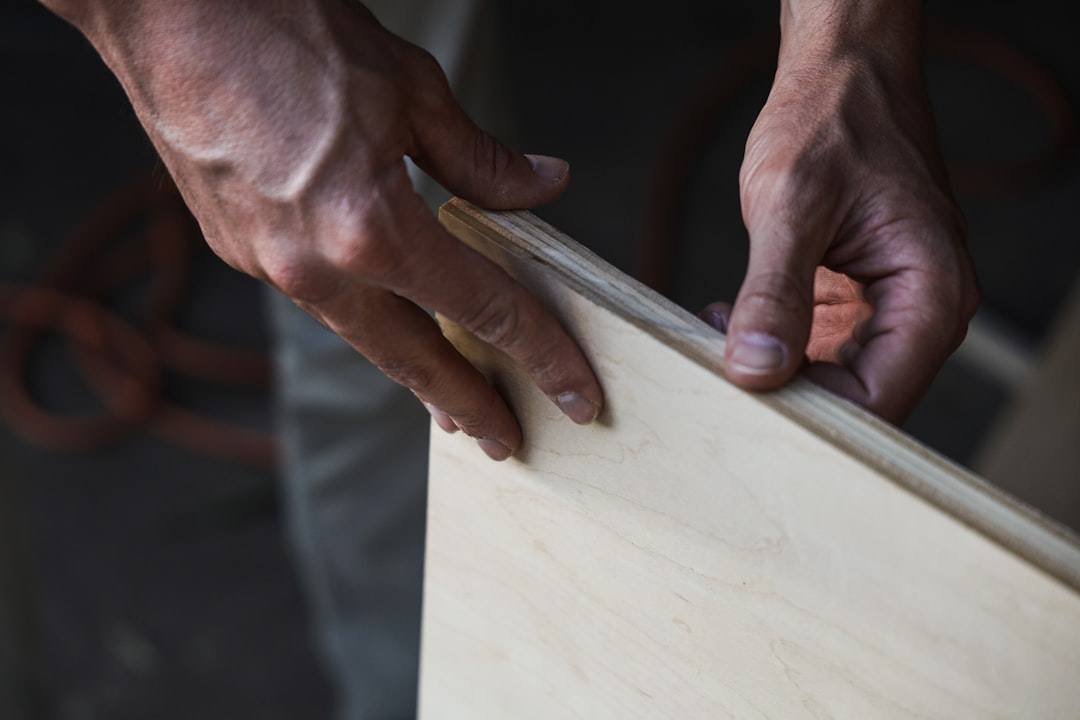
| Technique | Description | Application |
|---|---|---|
| Pinching | Shaping clay by pinching it between fingers. | Creating small bowls or decorative items. |
| Coiling | Building forms with rolled clay ropes stacked in layers. | Making vases or larger vessels. |
| Slab Building | Using flat, rolled-out pieces of clay to construct structures. | Constructing boxes or complex shapes. |
The Allure of Handbuilding Techniques
Handbuilding techniques let potters infuse a personal touch into each creation. The subtle asymmetry and imperfect surfaces add character that is rarely achieved with other methods. This technique is more than just creating a piece; it’s about storytelling through texture and form.
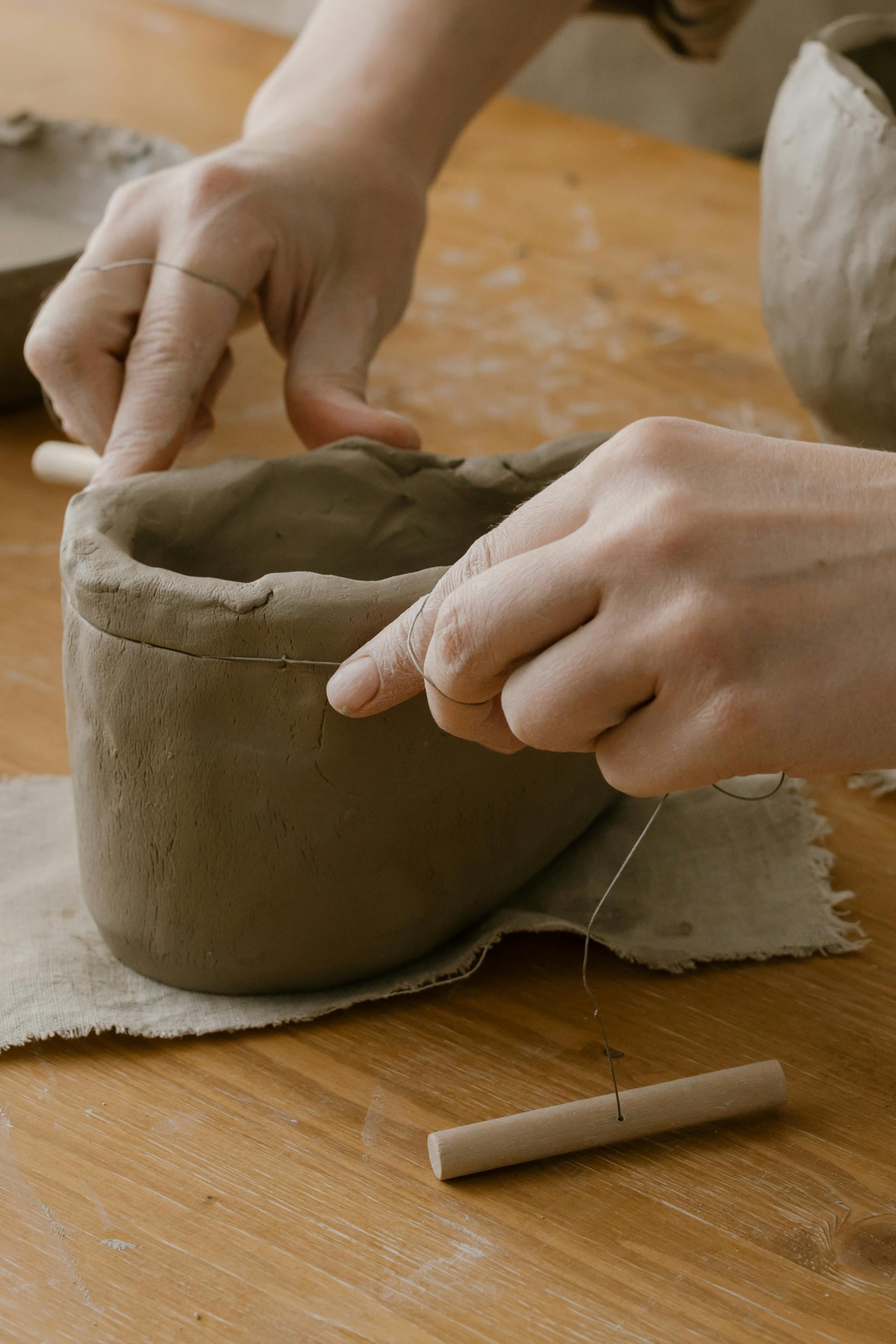
Taking the time to master pinching can lead to the creation of small, yet stunningly intricate pieces. Imagine a series of tiny bowls, each a testament to different moods and inspirations. With each pinch, you’re transforming a simple lump of clay into a vessel that holds more than its shape—it’s filled with intention and creativity. To dive deeper into handbuilding techniques, you might explore resources such as the Intro to Handbuilding Ceramics event.
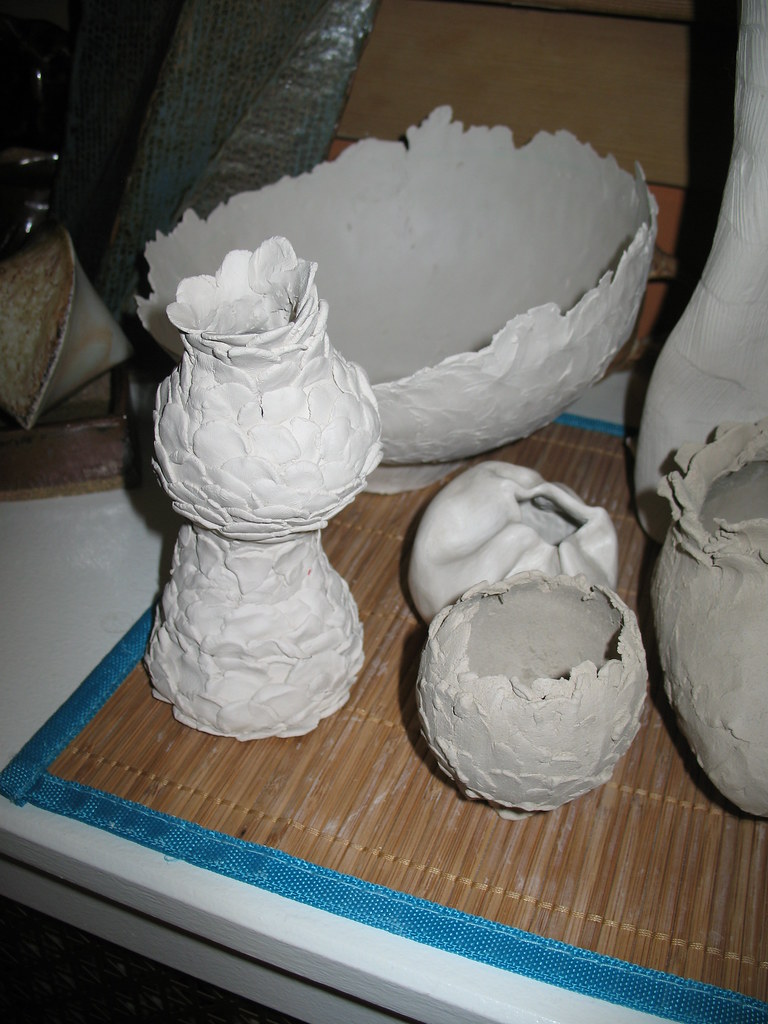
Exploring the World Through Coiling
Coiling is a world unto itself in the realm of ceramics. The process of layering coils allows for limitless shapes and sizes, accommodating grand ambitions. A skilled artisan can even integrate this technique to construct statement vases that dominate a room.
In merging coils, potters learn an abstract way to play with form, exploring height and volume while embracing the irregular beauty inherent in the process. The layers of clay are not just structural—they’re artistic, offering a canvas for textures that captivate with every touch. For more in-depth study, consider resources like Ceramics Courses at the University.
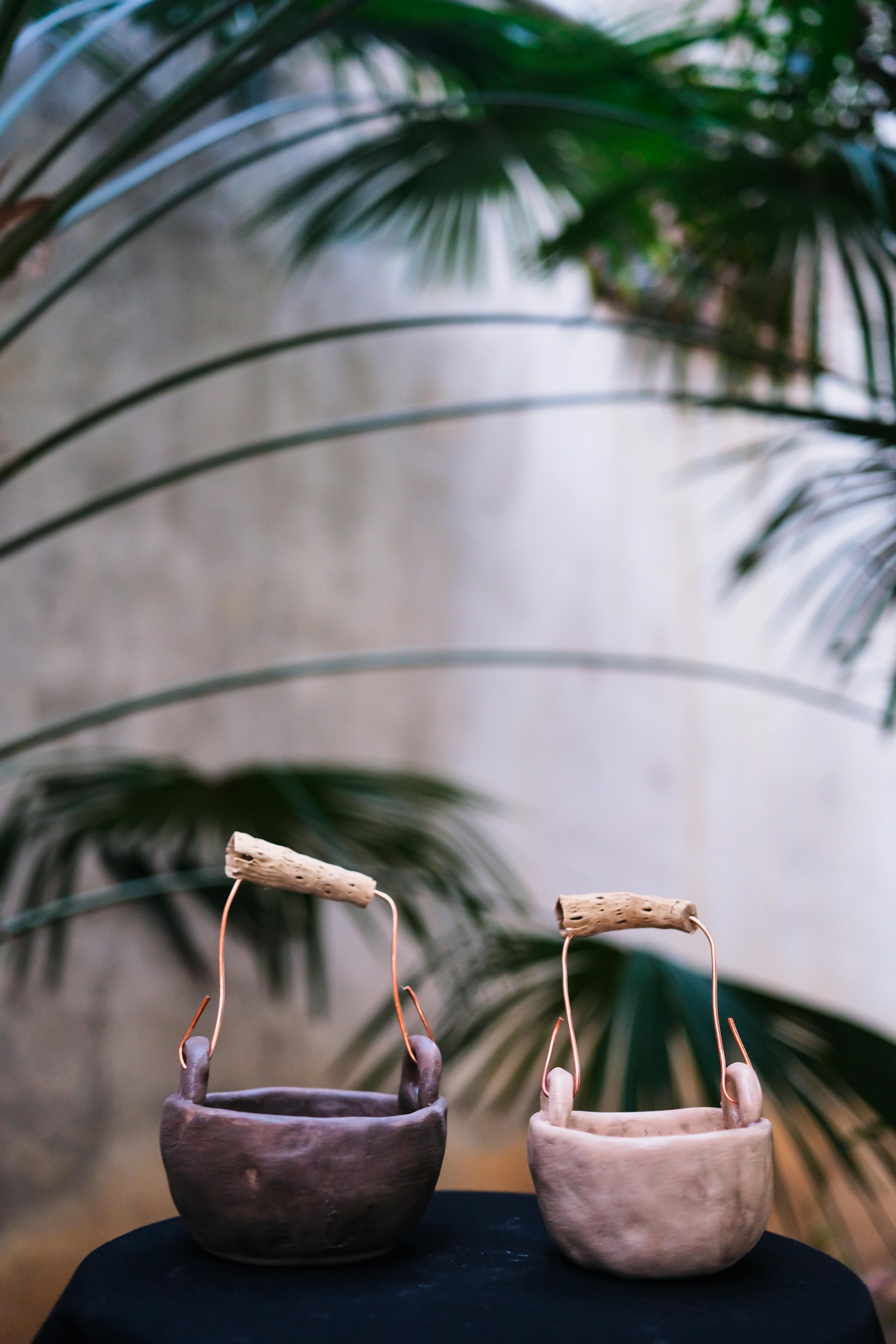
Challenge of Slab Building Creativity
Slab building pushes your artistic skills to new heights, inviting you to meld flat pieces of clay into geometric wonders. It’s about more than creating a box; it’s constructing a three-dimensional puzzle. This technique asks you to consider each side of the piece individually and as part of the whole.
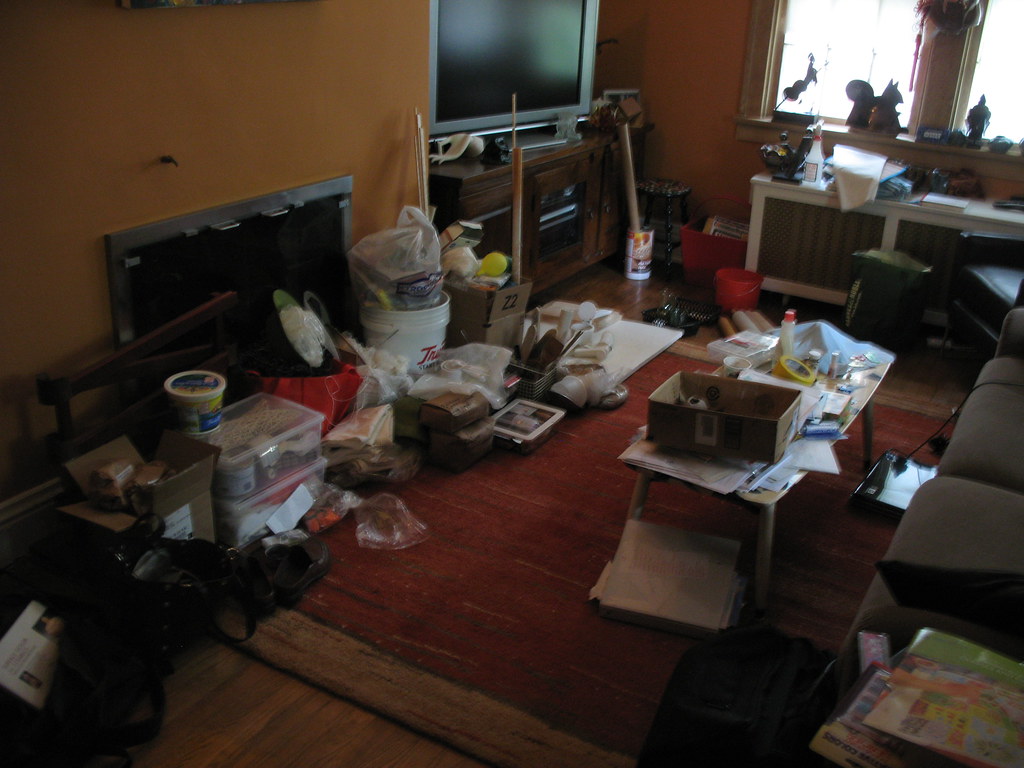
While the look is often more clean-lined compared to other methods, there’s plenty of room for creativity. Imagine combining slabs into intricate designs where each intersection tells a story or underlines a theme. It’s this blend of engineering and imagination that makes slab building a favorite for those looking to produce both functional and expressive art. You can learn more about these processes through courses like AXD 231, Ceramics: Handbuilding Processes.
Inviting You to the Dance of Handbuilding
Handbuilding isn’t just about creating pottery. It’s a quiet dance with clay, where each curve and angle tells a part of your artistic story. What does your version look like? Dive into one of these techniques with the freedom to fail and flourish. We’d love to hear about your creations and experiences—share them in the comments!
To gain more insights into these techniques, consider reading guides like the Handbuilding Definition Ceramics: Ultimate Guide. For our most recent articles and content, be sure to check out our blog.
Introduction to Handbuilding Ceramics
Handbuilding ceramics is a traditional method of shaping clay into various forms and structures without the use of a potter’s wheel. This hands-on approach allows for greater creative expression and personal nuance in each piece, making it a beloved technique among ceramic artists. To gain a deeper understanding of these methods, watch the video below from Clay Corner Studio, which covers the basics of ceramic handbuilding, including pinchpot, coiling, and slab building.
I hope this deep dive into handbuilding ceramics has given you a better understanding of this beautiful and expressive art form. Whether you’re an aspiring ceramicist or simply appreciate the unique charm of handcrafted pieces, handbuilding offers endless possibilities for creativity and personal expression.
Stay Connected and Keep Creating
I'd love to see your handbuilding creations and hear about your experiences! Follow us on Instagram for inspiration, tips, and a supportive community of fellow ceramic enthusiasts. Let's continue this creative journey together!
